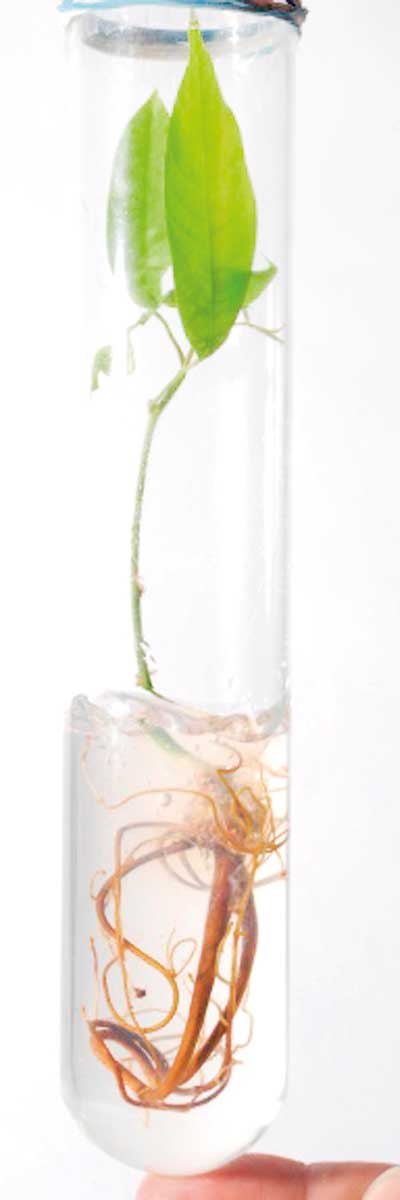30 Jan 2013 - {{hitsCtrl.values.hits}}
.jpg) Natural rubber is pervasive in modern life with more than 40,000 products and 400 medical devices containing the material. In many strategic and medical applications, no synthetic materials can achieve its unique combination of high performance and cost-effectiveness. Natural rubber also has the increasingly compelling advantage of being a renewable resource that will remain with us long after petroleum-derived polymers have disappeared.
Natural rubber is pervasive in modern life with more than 40,000 products and 400 medical devices containing the material. In many strategic and medical applications, no synthetic materials can achieve its unique combination of high performance and cost-effectiveness. Natural rubber also has the increasingly compelling advantage of being a renewable resource that will remain with us long after petroleum-derived polymers have disappeared.
26 Nov 2024 4 minute ago
26 Nov 2024 13 minute ago
26 Nov 2024 47 minute ago
26 Nov 2024 1 hours ago
26 Nov 2024 1 hours ago